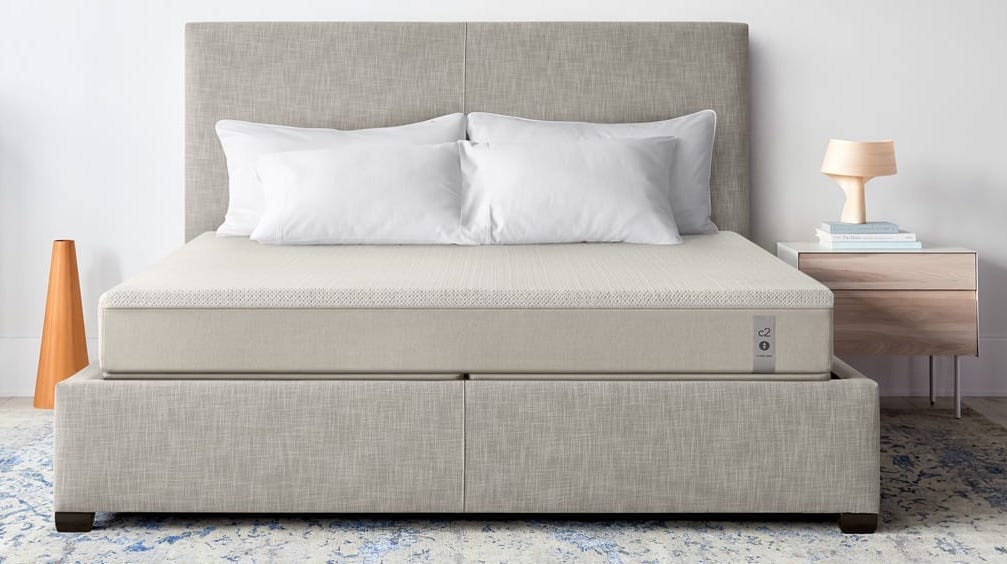LVP Transition Ideas for Living Room
Transitioning from carpet to luxury vinyl planks (LVP) in your living room can completely transform the look and feel of the space. With LVP's durability and water-resistant properties, it's a popular choice for high-traffic areas like the living room. However, making the transition from one type of flooring to another can be challenging. Here are 10 ideas for LVP transitions in your living room to help you achieve a seamless and stylish look.
How to Transition LVP in Living Room
When it comes to transitioning LVP in your living room, there are a few key factors to consider. Firstly, you want to choose a transition method that will blend well with both the LVP and the existing flooring. Secondly, you want to ensure that the transition is safe and secure, as it will be an area of high foot traffic. And lastly, you want the transition to look visually appealing. Let's explore some ways to achieve these goals.
Living Room LVP Transition Tips
Tip 1: Use T-Molding - A T-molding is a popular transition option for LVP. It is a long piece of molding that resembles a "T" shape when viewed from the side. This type of transition is ideal for areas where the flooring height differs, such as from LVP to carpet or hardwood. It provides a clean and secure transition while also allowing for expansion and contraction of the flooring.
Tip 2: Try Flush Stair Nose - If your living room has stairs, you may want to consider using a flush stair nose to transition the LVP. This type of molding sits flush against the edge of the stairs, creating a smooth and safe transition. It also adds a finished look to your staircase.
Tip 3: Install Overlap Reducer - An overlap reducer is another option for transitioning LVP in your living room. It is a small piece of molding that overlaps the edge of the LVP and the existing flooring. This type of transition works well for areas with a slight height difference between the two flooring types.
Tip 4: Consider Quarter Round - Quarter round is a small, rounded molding that can be used to transition LVP in your living room. It is typically installed around the perimeter of the room, where the LVP meets the walls. This option is great for covering any gaps or imperfections along the edges of the LVP.
Best LVP Transition Options for Living Room
When it comes to choosing the best LVP transition for your living room, it really depends on your specific needs and preferences. T-molding, flush stair nose, overlap reducer, and quarter round are all popular options. However, there are some other options that may work well for your space.
Baby Threshold - A baby threshold is a molding that is typically used to transition between rooms with different flooring types. It is a flat piece of molding that sits between the two floors, creating a smooth and level transition. This type of transition works well for spaces where the LVP meets tile or hardwood.
Multi-Purpose Reducer - A multi-purpose reducer is a versatile molding that can be used for various transitions in your living room. It is typically used to transition between different types of flooring, such as from LVP to carpet or hardwood. It can also be used as a transition between areas with different heights, such as from the living room to the kitchen.
Threshold - A threshold is a type of molding that is typically used to transition between rooms with the same type of flooring but different heights. For example, if your living room has a sunken area, a threshold can be used to create a smooth transition between the two levels.
LVP Transition from Living Room to Kitchen
If your living room and kitchen are connected, you may want to consider using the same type of transition between the two spaces for a cohesive look. However, if you have different flooring types in each room, you can still achieve a seamless transition by using one of the methods mentioned above, such as T-molding or multi-purpose reducer.
DIY LVP Transition in Living Room
If you are feeling handy, you can attempt to install the LVP transition in your living room yourself. However, it is important to have the right tools and follow the manufacturer's instructions carefully. It may also be helpful to watch tutorial videos or seek advice from a professional before starting the project.
LVP Transition Strips for Living Room
Transition strips are essential for creating a smooth and secure transition between different flooring types. When choosing a transition strip for your living room, make sure to select the correct type and size for your specific needs. You can find a variety of transition strip options at your local home improvement store.
Choosing the Right LVP Transition for Your Living Room
Ultimately, the right LVP transition for your living room will depend on the specific layout, flooring types, and your personal preferences. Take your time to research and consider all the options before making a decision. And if you are unsure, it's always best to consult with a professional for their expertise and recommendations.
LVP Transition from Living Room to Tile
If your living room has tile flooring in certain areas, you may be wondering how to transition the LVP to the tile. One option is to use a multi-purpose reducer, as mentioned earlier. You can also consider using a custom transition piece that is specifically designed for the two flooring types to create a seamless and visually appealing transition.
How to Install LVP Transition in Living Room
Installing the LVP transition in your living room will depend on the specific type of transition you have chosen. However, in general, the steps involve measuring and cutting the transition to fit the space, securing it in place with adhesive or screws, and then finishing it off with caulk or wood putty. It is important to follow the manufacturer's instructions and use proper safety precautions during installation.
In conclusion, LVP transitions in your living room are not limited to just a few options. With some creativity and careful planning, you can achieve a smooth, safe, and visually appealing transition that complements your overall design aesthetic. So, choose the best option for your space and enjoy the beauty and durability of LVP in your living room.
Why LVP is the Perfect Choice for Your Living Room Transition

Benefits of LVP Flooring
 If you're considering a transition from carpet to LVP (luxury vinyl plank) flooring in your living room, you've made an excellent choice. LVP flooring offers numerous benefits that make it the perfect choice for any home. Not only is it durable and affordable, but it also mimics the look and feel of real hardwood, without the high maintenance and cost.
Transitioning to LVP can transform your living room into a stylish and practical space.
If you're considering a transition from carpet to LVP (luxury vinyl plank) flooring in your living room, you've made an excellent choice. LVP flooring offers numerous benefits that make it the perfect choice for any home. Not only is it durable and affordable, but it also mimics the look and feel of real hardwood, without the high maintenance and cost.
Transitioning to LVP can transform your living room into a stylish and practical space.
Easy Installation Process
 One of the biggest advantages of LVP flooring is its easy installation process. Unlike hardwood flooring, which requires professional installation and can be time-consuming,
LVP can be installed quickly and easily.
With its click and lock system, LVP can be installed as a floating floor, eliminating the need for glue or nails. This not only saves time, but it also makes it an ideal choice for DIY projects. Additionally, LVP can be installed over existing flooring, making it a convenient option for those looking to update their living room without the hassle of removing the old flooring.
One of the biggest advantages of LVP flooring is its easy installation process. Unlike hardwood flooring, which requires professional installation and can be time-consuming,
LVP can be installed quickly and easily.
With its click and lock system, LVP can be installed as a floating floor, eliminating the need for glue or nails. This not only saves time, but it also makes it an ideal choice for DIY projects. Additionally, LVP can be installed over existing flooring, making it a convenient option for those looking to update their living room without the hassle of removing the old flooring.
Durability and Low Maintenance
 LVP is known for its durability, making it a popular choice for high-traffic areas such as living rooms.
The wear layer on LVP flooring makes it resistant to scratches, stains, and water damage, making it a great option for families with children and pets.
It's also easy to clean – simply sweep or vacuum regularly and mop with a mild cleaner when needed. This low maintenance flooring option is perfect for those with busy lifestyles who still want a beautiful and functional living room.
LVP is known for its durability, making it a popular choice for high-traffic areas such as living rooms.
The wear layer on LVP flooring makes it resistant to scratches, stains, and water damage, making it a great option for families with children and pets.
It's also easy to clean – simply sweep or vacuum regularly and mop with a mild cleaner when needed. This low maintenance flooring option is perfect for those with busy lifestyles who still want a beautiful and functional living room.
Aesthetic Appeal
 LVP flooring comes in a variety of styles, colors, and patterns, allowing you to find the perfect fit for your living room.
With LVP, you can achieve the look of hardwood, stone, or tile without the high cost.
Plus, its realistic embossed texture gives it a natural look and feel. Whether you prefer a traditional or modern aesthetic, LVP flooring can elevate the design of your living room and add value to your home.
In conclusion, transitioning from carpet to LVP flooring in your living room is a smart choice. Its many benefits, such as easy installation, durability, low maintenance, and aesthetic appeal, make it the perfect flooring option for any home.
Experience the transformation of your living room with LVP – a beautiful, practical, and budget-friendly choice.
LVP flooring comes in a variety of styles, colors, and patterns, allowing you to find the perfect fit for your living room.
With LVP, you can achieve the look of hardwood, stone, or tile without the high cost.
Plus, its realistic embossed texture gives it a natural look and feel. Whether you prefer a traditional or modern aesthetic, LVP flooring can elevate the design of your living room and add value to your home.
In conclusion, transitioning from carpet to LVP flooring in your living room is a smart choice. Its many benefits, such as easy installation, durability, low maintenance, and aesthetic appeal, make it the perfect flooring option for any home.
Experience the transformation of your living room with LVP – a beautiful, practical, and budget-friendly choice.




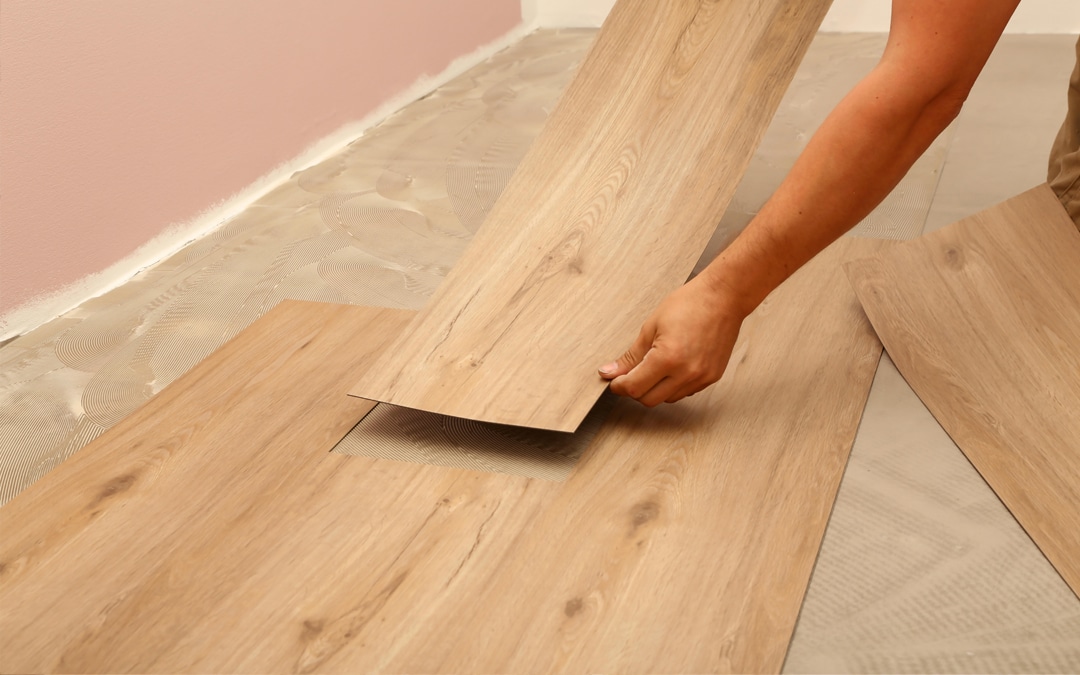


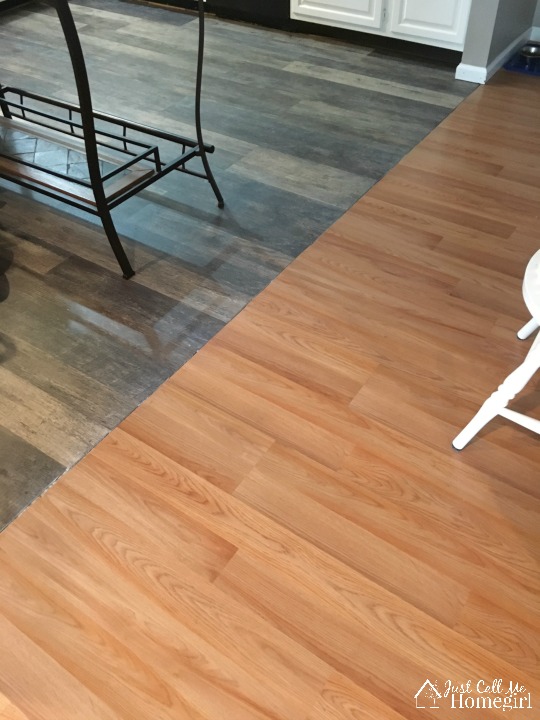



















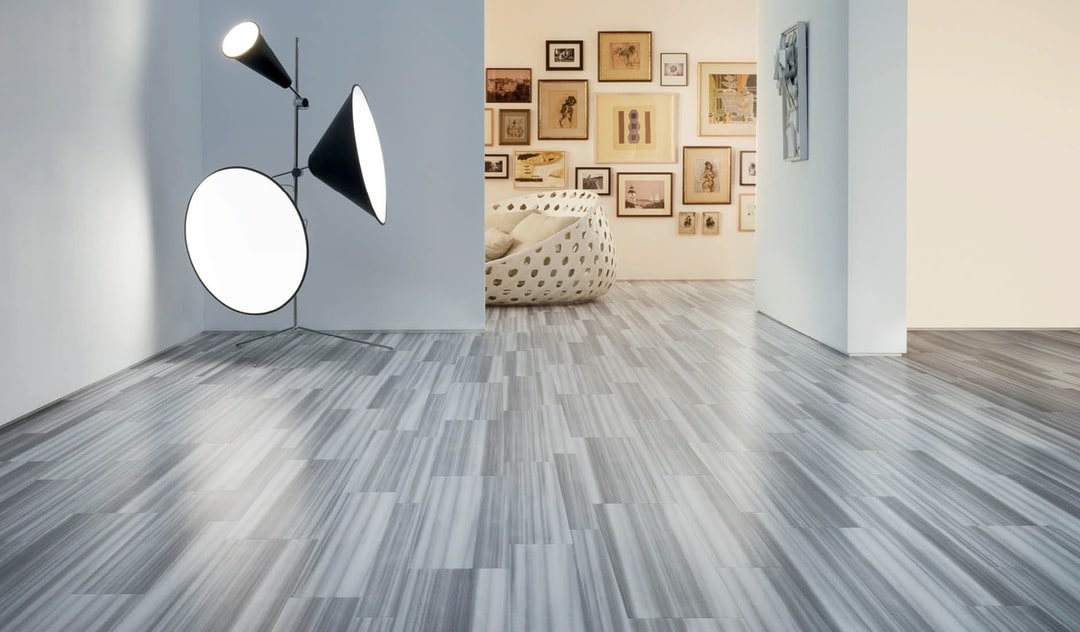
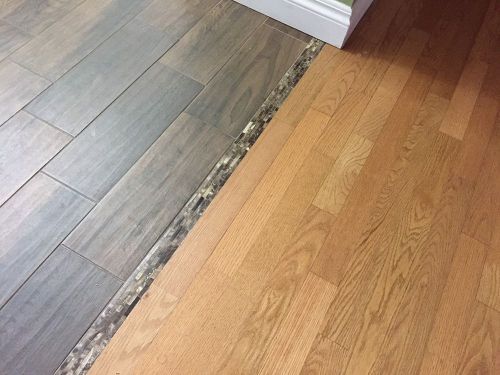















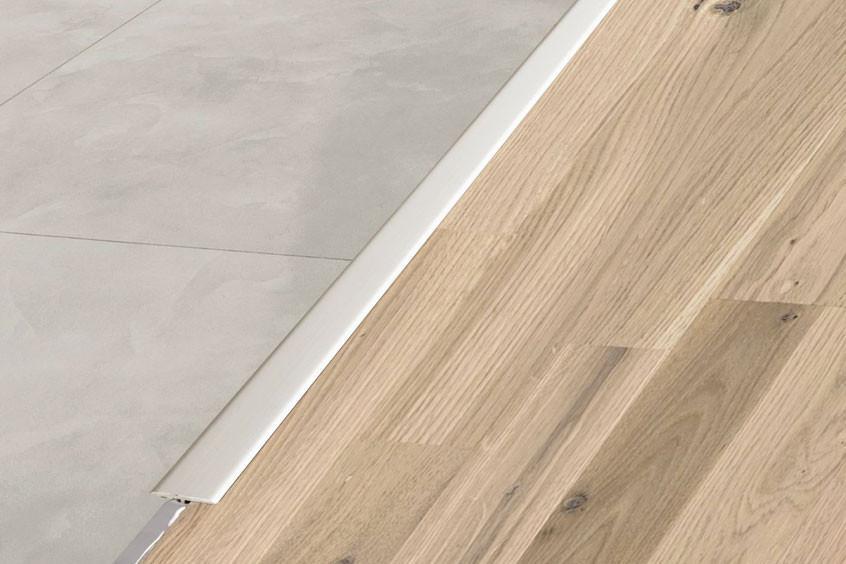







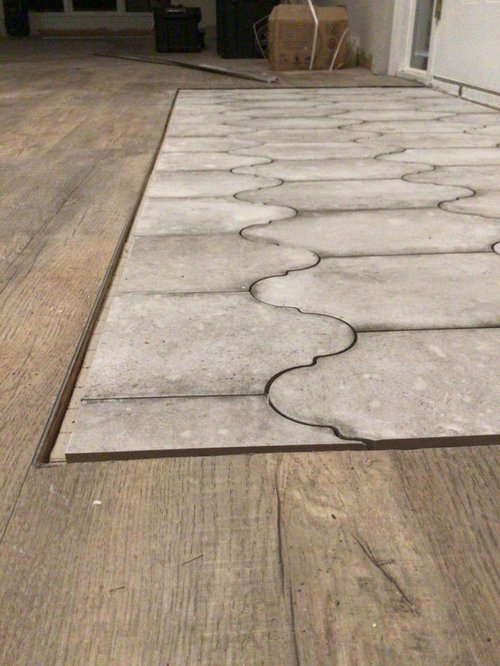






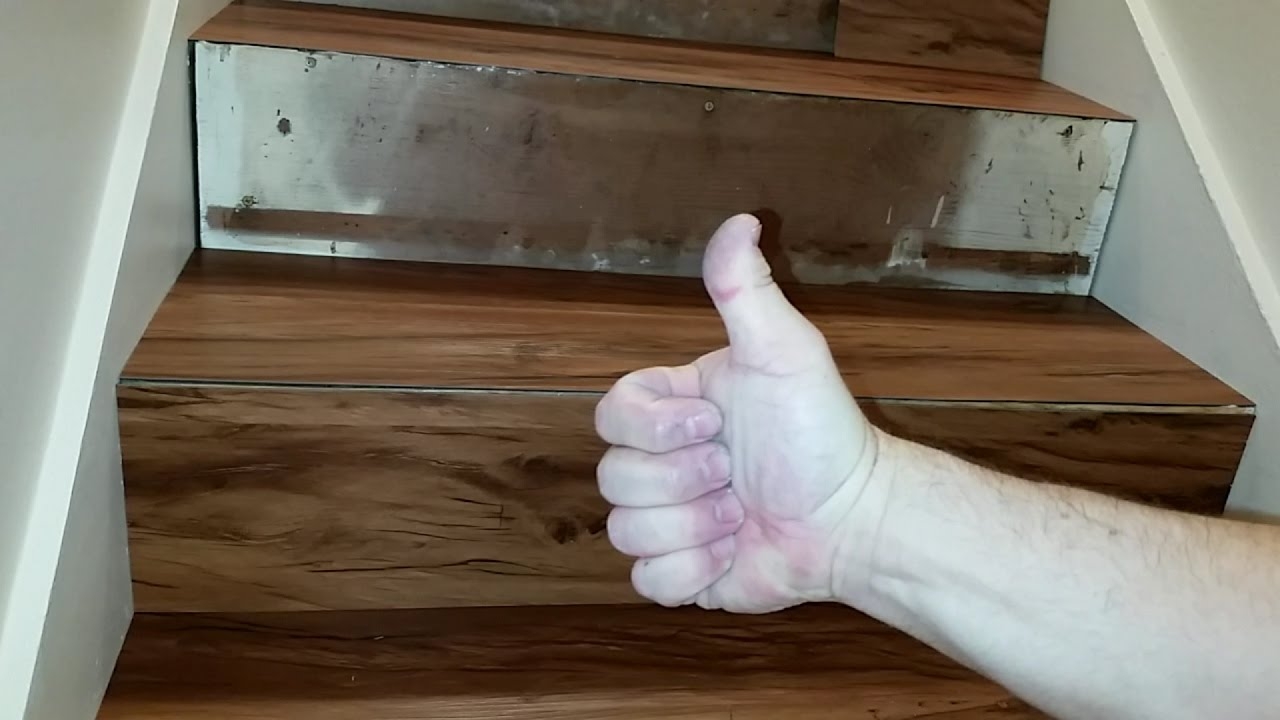

/white-bedroom-58a6ac1a3df78c345b11c7b9.jpg)


